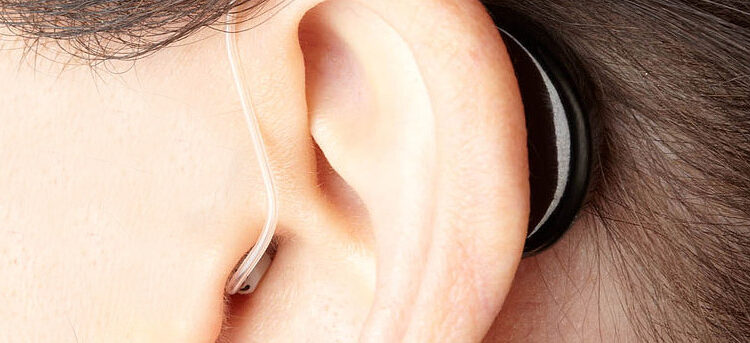
Assistive listening devices or ALDs facilitate personal connections to audio sources for televisions and music players. In places such as lecture halls and theatres, the assistive listening systems or ALS perform this function. If you have a hearing disability, you can make your daily life easier with the use of hearing aids.
However, there are situations when such devices are not enough. Here are some of the best assistive listening devices for the deaf you can consider using:
1. Hearing aid compatible telecoils and phones
The phones that are compatible with hearing aid use either telecoil or acoustic coupling. The hearing aid needs to have a telecoil in telecoil coupling. This is a special feature that only amplifies the phone signal. For the hearing impaired, this is the best feature because telecoils block out background noise during calls.
The acoustic coupling picks up and amplifies sounds from the phone as well as the surroundings. This is why people with hearing disabilities don’t usually prefer such phones. Many of the hearing aids available today have a built-in telecoil. However, the audiologists sometimes miss out on the activation part of it. You’ll need to ask your hearing aid provider about the telecoil activation for this reason.
If you’ve got a hearing disability, the telecoil feature can be of immense help. This is especially true if you spend a lot of time on your phone. Your phone apps can also serve as your own assistive learning device. One such example is a caption app that facilitates the translation of text for speech.
2. Amplified and captioned telephones
Amplified phones allow you to increase the volume according to your hearing needs. This is how they help people with hearing loss listen to speech with clarity. Besides, you don’t need to wear hearing aids to make these devices work for you. With the use of amplified phones, it’ll be easier for you to hear high-pitched sounds.
These are the sounds that many of the hearing impaired struggle to hear. Such phones also feature amplified ringtones. With this feature, they’ll not miss a single call. Captioned phones are helpful for people with severe hearing loss, as they offer real-time captioning.
3. ALDs for televisions
You’ll have a hard time watching your favourite shows if you can’t hear the television clearly. It’s not the best option to raise the volume of your television. This would make the sound distorted and more difficult to understand. Besides, this would be a problem when you’re watching television with others.
The increase in volume will greatly disturb them. Today, there are many ALDs (assistive listening devices) for television that can be of great help in such matters. Whether you’re already using hearing aids or not, they can work for you.
4. Alerting devices
Some of the ALDs are of great help for you to know what’s going on around you. This not only helps in making listening easier but also improves your safety. Such alerting devices use visual cues, amplified sounds, and vibrations to alert you to sounds in your surroundings.
One of the best examples of such alerting devices is a vibrating alarm clock. It helps you to begin your day on time. Another great example is a doorbell alert, which uses flashing lights. This alerts you when a visitor is at your door.

